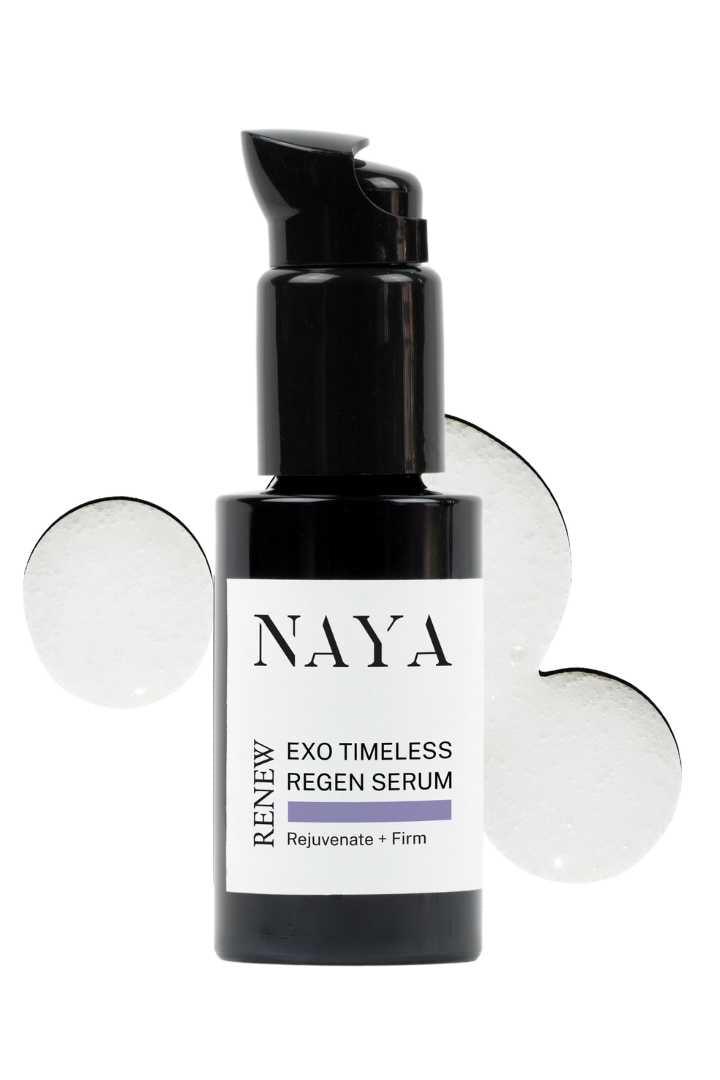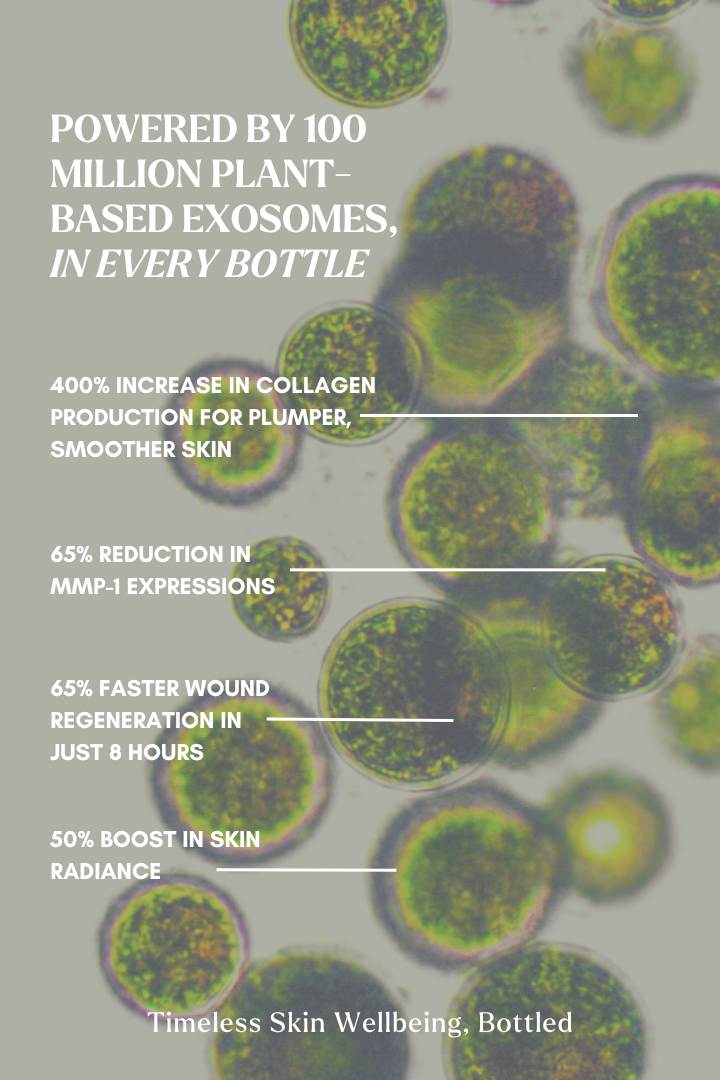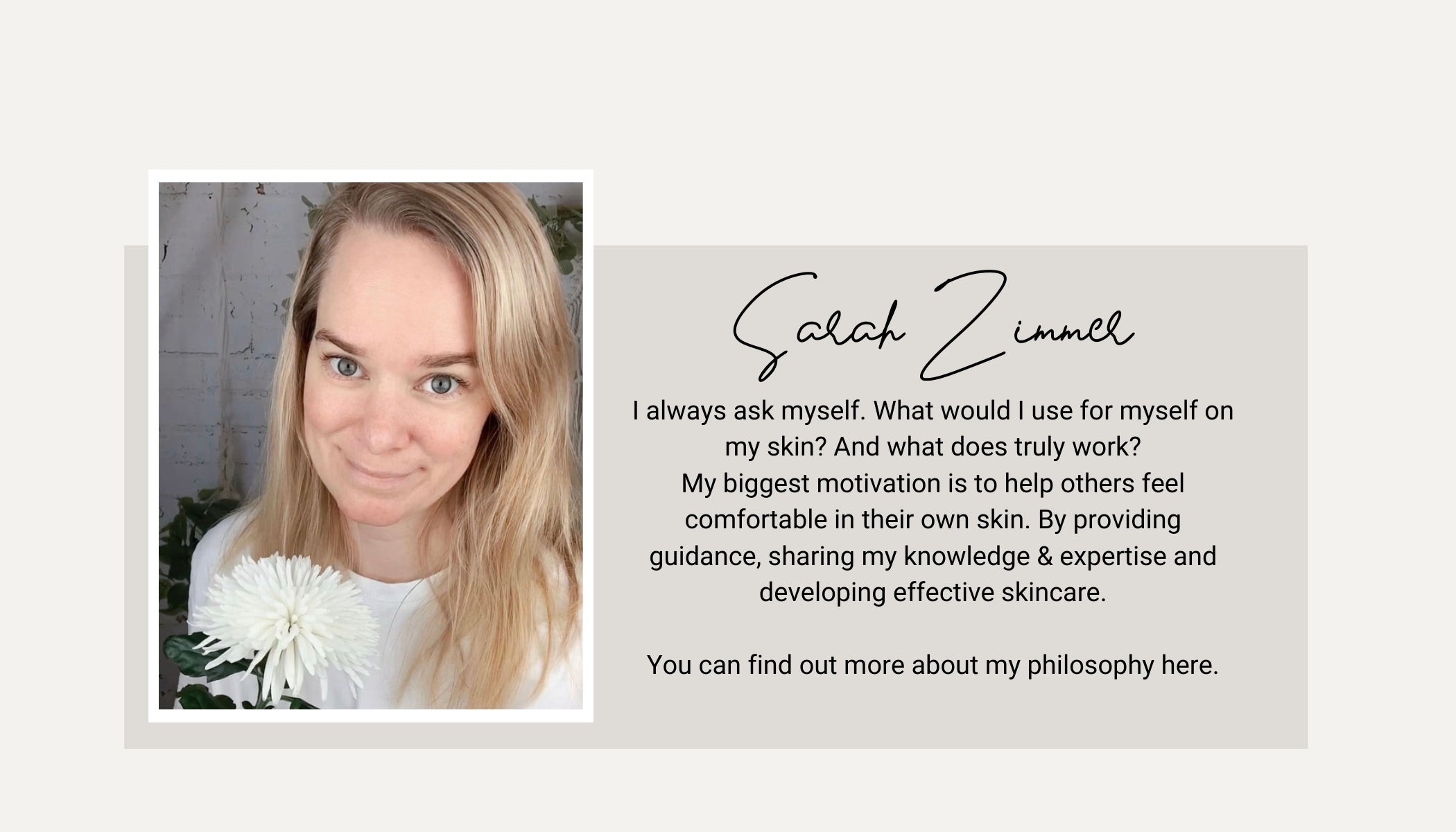Was ist Green Beauty? – Definition und Prinzipien für natürliche Schönheit
Was ist Green Beauty?
Ich habe ein wachsendes Dilemma bemerkt. Beim Durchstöbern von Beauty-Websites, auf denen angeblich natürliche Produkte angeboten werden, fiel mir auf, dass markante nicht-natürliche Marken wie Decleor und Darphin neben Marken wie Lurk und Odacité platziert wurden. E-Commerce-Websites und Geschäfte springen auf den Green Beauty-Trend auf: Die Bedeutung von „natürlich“ und „bio“ wurde verwässert, und irgendwo auf dem Weg zahlen die wirklich authentischen, natürlichen Marken den Preis dafür.
Ich glaube, dass ein Teil des Problems darin liegt, dass wir als Bewegung nie definiert haben, was „green beauty“ eigentlich bedeutet, noch haben wir eine Definition für „100% natürlich“ gegeben. Daher gibt es viele Wege, wie konventionelle Marken diese Begriffe verfälschen. Vielleicht war dies teilweise auf ein nicht realisiertes Bedürfnis und die Tatsache zurückzuführen, dass der einfache Begriff „natürlich“ nicht geschützt ist und jeder ihn verwenden kann. Wir wussten einfach nicht, wie notwendig es werden würde, Grenzen zu setzen, um natürlich formulierte Schönheit zu schützen und Greenwashing zu verhindern. Greenwashing wird hier als ein Unternehmen oder eine Organisation definiert, die „mehr Zeit und Geld darauf verwendet, durch Werbung und Marketing grün zu erscheinen, als tatsächlich Geschäftspraktiken umzusetzen, die den Umweltimpact minimieren“.
Um Green Beauty zu seinen ursprünglichen Werten zurückzuführen und die Integrität der Visionäre, die vor Jahren begannen, natürliche Produkte zu formulieren, zu bewahren, habe ich dieses Thema in einer geschlossenen Facebook-Gruppe mit fast 4.000 Mitgliedern angesprochen. Hier ist, was wir zusammengetragen haben, obwohl es noch weiter verfeinert und verbessert werden kann.
Green Beauty ist:
Die meisten von uns stimmten darin überein, dass Green Beauty:
- Eine Bewegung: Ein achtsamer Ansatz von Beauty- und Wellnessmarken, um die reinsten und nachhaltigsten Inhaltsstoffe zu beschaffen, um effektive und sichere Produkte zu schaffen.
- Ein Umweltstandard: Ein Bekenntnis zur Erde, zum Schutz ihrer Ressourcen und der heilenden Eigenschaften von Pflanzen, Kräutern, Blumen usw.
- Eine Gemeinschaft: Eine Gruppe Gleichgesinnter, die entschlossen ist, ihr Wissen und ihre Entdeckungen zu teilen, um andere zu inspirieren und zu ermutigen, achtsame Entscheidungen zu treffen.
- Ein Lebensstil: Eine bewusste Entscheidung, Produkte zu meiden, die nachweislich schädlich für die Gesundheit unseres Planeten und seiner Bewohner sind.
Damit ein Produkt oder eine Marke unter dem Begriff „Green Beauty“ eingestuft werden kann, müssen folgende Anforderungen erfüllt sein:
- Das Fehlen von Inhaltsstoffen, die durch Studien als potenziell gesundheitsschädlich oder umweltschädlich erwiesen sind, oft als toxische Chemikalien bezeichnet (z. B. solche, die mit Hormonstörungen, Krebs, Abholzung usw. in Verbindung gebracht werden).
- Eine sorgfältige Auswahl von Inhaltsstoffen, die ungiftig und natürlich sind.
- Die Berücksichtigung umweltfreundlicher und organischer Beschaffung, wo immer möglich, faire Löhne und Arbeitsbedingungen.
- Ein Bewusstsein für den Umwelteinfluss, Nachhaltigkeit und den CO2-Fußabdruck.
- Ein kontinuierliches Engagement für ethische Formulierungen, Transparenz, Forschung, Innovation und Wachstum.
Die Einhaltung dieser Kriterien hat Abstufungen, da „Green Beauty“ ein Überbegriff für biologische oder ungiftige Produkte ist. Letztlich bleibt es dem Verbraucher überlassen, zu entscheiden, was seinen Anforderungen vor dem Kauf entspricht, da es keine Garantie gibt, dass alle Marken, die sich „grün“ nennen, diese Prinzipien einhalten. Auch wenn es so scheint, als sei „Green Beauty“ ein umfassender Begriff, sehen viele, wie er weiter aufgesplittet wird.
Bei Naya fügen wir folgende Unterscheidung hinzu, was wir unter „natürlich“ verstehen:
1. Grün—gut für die Umwelt
2. Ungiftig/rein—sicher für den menschlichen Gebrauch, weniger schädlich für die Gesundheit
3. Vegan—entspricht den Standards für tierversuchsfrei
4. Umwelt- & ethisch bewusst – Zusammenarbeit mit lokalen Bauern
Eine vierte Unterscheidung wurde ebenfalls vorgeschlagen, um eine separate Kategorie für „bio“ zu schaffen.
Wie würdest du „Green Beauty“ definieren? Es wäre toll, deine Meinung zu hören.
Dein Naya-Team xx









Hinterlasse einen Kommentar